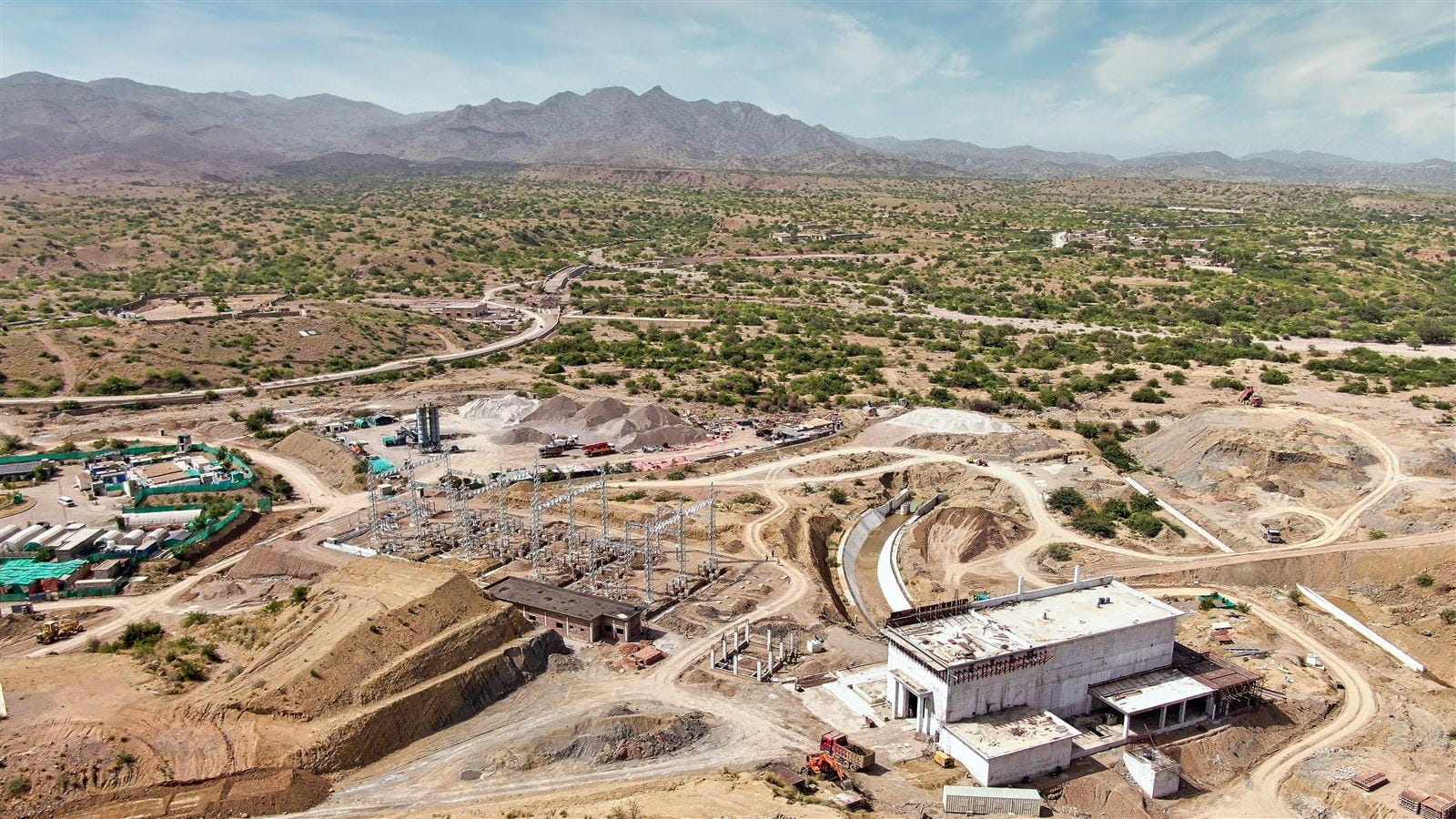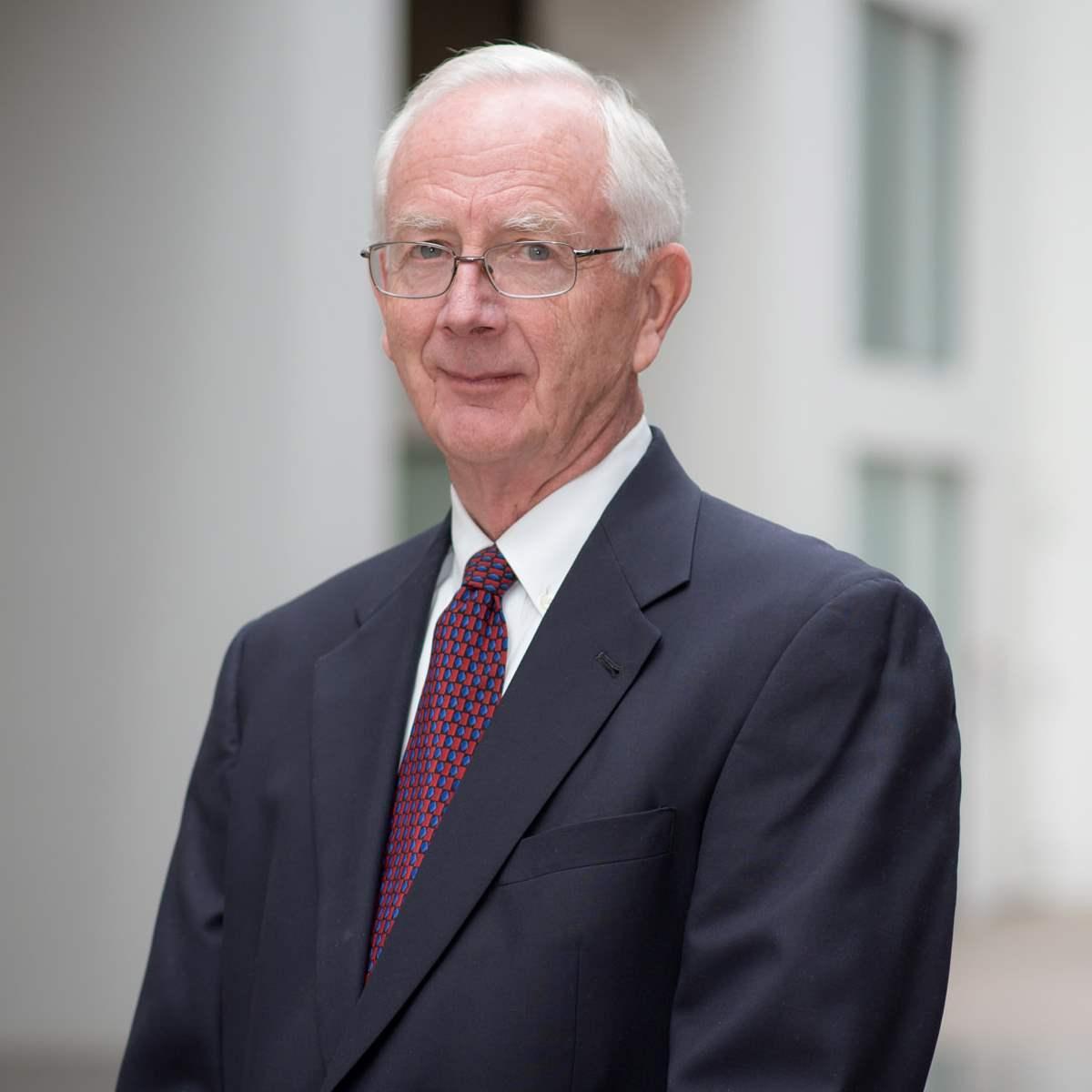How Access to Sustainable Energy Is Transforming Pakistan
Since the 1990s, the energy crisis in Pakistan has presented the country with several major obstacles, including periods of load shedding (deliberate system shutdowns to conserve energy and prevent failure when demand strains system capacity) as well as energy shortfalls, forcing citizens to endure blackout periods anywhere from 10 to 18 hours, and impacting the most vulnerable citizens. To address these complications, the Government of Pakistan (GoP) accelerated the addition of electrical capacity from 23,337 megawatts (MW) in 2014 to 38,700 MW by June of 2020— an increase of 60% in 6 years. But this new capacity revealed new challenges: high distribution losses, system upgrade constraints, as well as limitations to infrastructure expansion—with the greatest impacts affecting the most vulnerable in Pakistan: women, the elderly and those with disabilities.
The USAID/Pakistan is devoted to overcoming these obstacles and strengthening the energy sector of Pakistan through sustainable sources. The CDM Smith team, under Energy Infrastructure Monitoring Services (EIMS) project, is serving as a third-party monitor on behalf of USAID/Pakistan to ensure exemplary quality of implementation of energy facilities and infrastructure. CDM Smith, working on behalf of USAID/Pakistan and in close collaboration with the GoP as project beneficiary, is assisting to ensure that the projects are completed as per the contract documents between GoP agencies and their contractors and that all relevant technical, environmental, health and safety, and social compliance requirements are met. The effective implementation of the USAID/Pakistan-funded projects will contribute to increasing power system capacity and reliability of transmission as our world evolves from the domination of fossil fuels to cleaner energy.
These efforts will ultimately deliver electricity to communities, increase the quality of life of households across the region, while also spurring socio-economic development through employment generation and expanding business opportunities.
USAID/Pakistan is leveraging public and private sector resources to complete hydroelectric and wind power projects, make operational improvements, and increase efficiency and reliability of existing facilities. Monitoring and inspection of completed works, environmental and social compliance monitoring and reporting, security, health and safety goals, and design review services are core areas of support the CDM Smith team is taking on under the EIMS project. Major projects are located across Pakistan in the Sindh and Khyber Pakhtunkhwa (KP) provinces, and the Pakistani-administered Azad Jammu and Kashmir region.
The project sites in these areas are remote, some with tough terrain and high-security threats, but amid all these challenges the CDM Smith team's support through effective stakeholder coordination and regular field visits overcame these hurdles and provided timely updates on work progress to USAID/Pakistan.
USAID-funded ongoing and completed work
Under EIMS, the firm is providing monitoring and quality assurance services for three major ongoing energy development projects:
Built in 1976, the Tarbela Hydropower Station had several aging generation Units, and its switchyard couldn't reliably and efficiently transmit energy. USAID/Pakistan supported the GoP with $25 million in funding for this hydroelectric power station rehab through upgrading one power generation unit and a switchyard. CDM Smith provided monitoring and inspection services to successfully implement these upgrades to bring an additional 20 MW to the national grid enough to provide electricity to about 150,000 people.
CDM Smith is also providing monitoring and inspection services on the Kaitu Weir and Affiliated Power and Irrigation Elements under Stage 1 of the Kurram Tangi Dam Project. USAID is providing $81 million to GoP for this project. This project will add 18.4 MW power generation capacity to the national grid enough to benefit 135,000 people, and the irrigation system will bring water to 16,380 acres of new land.
Under the $150 million Mangla Dam Rehabilitation Project (MDRP), CDM Smith is providing monitoring, inspection, and quality assurance services to USAID/Pakistan for rehabilitation of eight out of the ten power generation units. This project will increase the generation capacity by 300 MW and enhance the useful life of Mangla Dam by 30 years. The project rehabilitation is expected to provide electricity to 2.2 million people and will also give a boost to the region's agriculture and industry.
CDM Smith is proud to support the implementation of these projects to increase the country's power generation capacity through reliable and sustainable sources.
Hydropower and transmission work for GoP
CDM Smith also provided monitoring and inspection services for the construction of a 45 kilometer, 132-kilovolt double-circuit transmission line from Patrind to Mansehra, and two 132-kilovolt line bays at Mansehra substation. This initiative, funded by USAID/Pakistan was a vital part of the larger private sector support to connect Patrind Hydropower Project (constructed in the private sector), a run-of-river power generation plant built between the Kunhar and Jhelum Rivers. This line transfers 147 MW of electricity generated at the Patrind power station to the national grid, and spare capacity can also be transferred to grid stations in the provinces of Khyber Pakhtunkhwa and Punjab on an as-needed basis. Several communities in this area did not have access to electricity after the 2005 earthquake that left millions homeless and destroying already fragile infrastructure. The project will ultimately benefit 2 million people and support industrial growth including the establishment of cottage industries in the region.
Completed and ongoing activities across the country are expected to facilitate generation and transmission of over 485 MW of renewable energy to Pakistan’s national grid through sustainable, green energy infrastructure estimated to benefit near 4.5 million people. "CDM Smith is proud to be part of these initiatives to increase the country’s power generation capacity through reliable and sustainable sources. Increasing power generation will help increase industrial production, reduce carbon emissions, and will ultimately contribute to economic stabilization of Pakistan," said Mohammad Tufail, chief of party and project manager.

Increasing power generation will help increase industrial production, reduce carbon emissions, and will ultimately contribute to economic stabilization of Pakistan.














